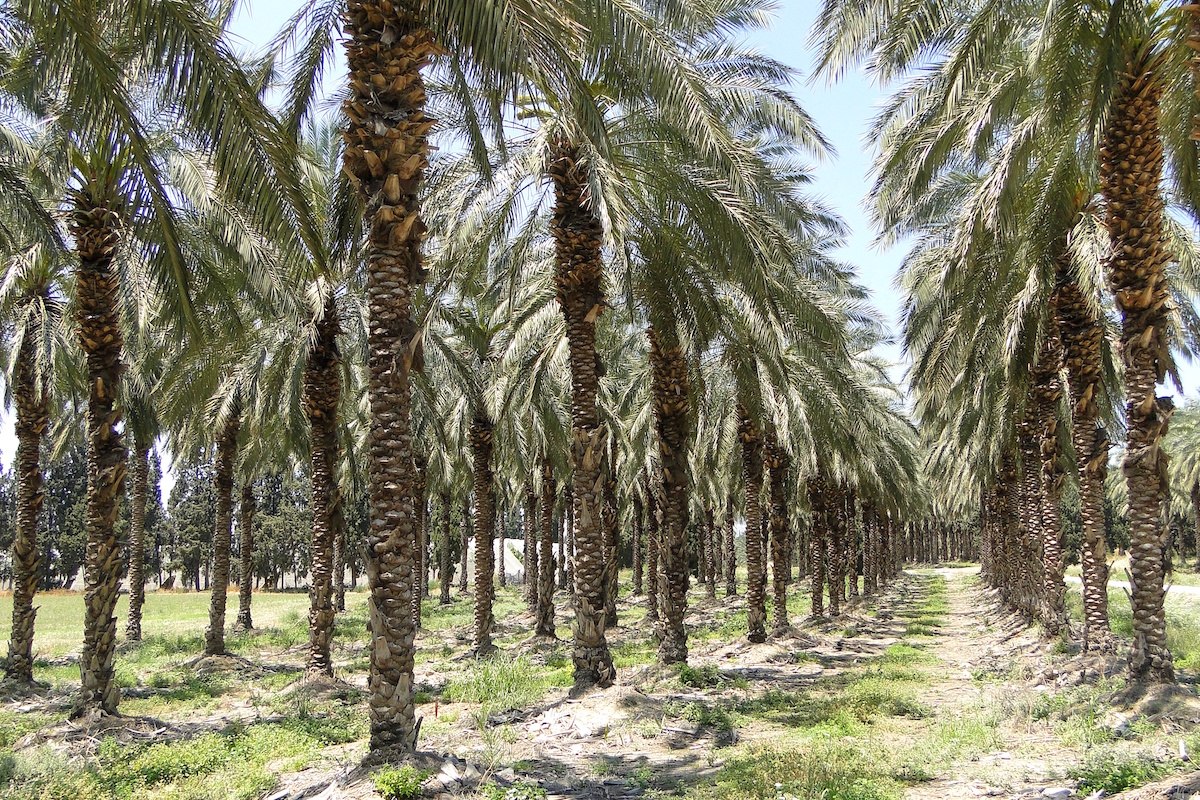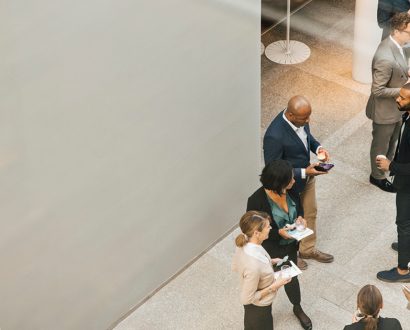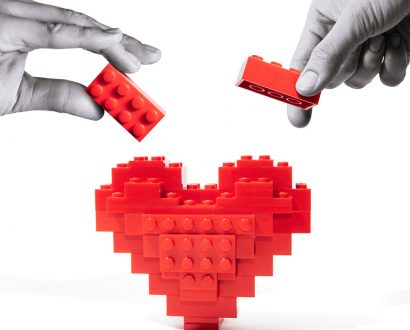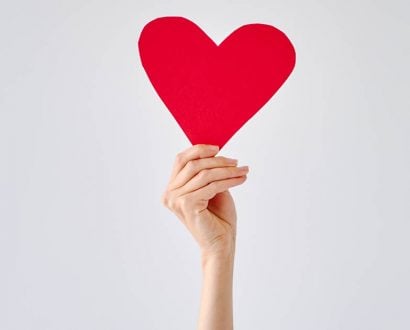Having been described as the seed for clear vision, 2020 is believed to be the year for change. And L’Oréal Group is embracing the opportunity.
The cosmetic conglomerate has recently unveiled its newest program, L’Oréal for the Future – a mission to become fully sustainable by 2030.
Producing environmentally friendly packaging, creating carbon-neutral sites with 100% renewable energy and pledging towards ecosystem restoration projects are among the brand’s sustainability goals.
The powerful transition will see the US$162.5 billion company follow the concept of planetary boundaries, which outlines nine processes that regulate the stability and resilience of the Earth system, forming quantitative limits within which humanity can continue to thrive for generations.
“This is a pivotal moment – the moment to choose what type of world we want for tomorrow.” – Jean-Paul Agon
“Our sustainable and inclusive revolution is the dawn of a new era,” says Jean-Paul Agon, Chair and CEO of L’Oréal. “The challenges the planet is facing are unprecedented, and it is essential to accelerate our efforts to preserve a safe operating space for humanity.
“We know that the biggest challenges remain to come, and L’Oréal will stay faithful to its ambition: operate within the limits of the planet.”

To be successful in its plan, L’Oréal sought the expertise of seven industry leaders to outline a strategy for its internal evolution. Transforming the company, empowering the business ecosystem and contributing to solving the challenges of the world create the steps needed for positive change.
“We must help our 1.5 billion consumers to limit their impact when they use our products, and encourage them to make sustainable choices,” Jean-Paul states in a report on the company’s sustainability commitments. “We want to keep rallying our suppliers and clients in this process of sustainable transition, co-creating disruptive solutions.
“With L’Oréal for the Future, we aim for an even more radical transformation. More radical because our commitments put L’Oréal in line with the only possible scenario for humanity – respecting planetary boundaries across the entire life cycle of our products.”
Within five years, the company has committed to achieving carbon neutrality across all of its sites. By 2030, it aims to reduce all greenhouse gas emissions by 50%.
L’Oréal’s famed products will also be receiving a green face lift. To manage water sustainability, the company will evaluate its formulas to ensure they are respectful of all aquatic ecosystems. Within the next decade, 100% of the water used in industrial processes will be recycled and re-used.
The cosmetic enterprise uses about 1,600 raw materials from almost 350 species of plants, making biodiversity an important pillar of the mission. The Group pledges to use traceable materials by 2030, none of which will be linked to deforestation.
Product packing will also be prioritised within the next 10 years. All of the plastics used to produce the packaging will be recycled or biodegradable, while the container itself will be refillable, re-usable, recyclable or compostable.
“People are willing to do their part for the environment by making sustainable product choices,” the report states. “We want to demonstrate that companies can be part of the solution to the challenges the world is facing.”
Going green is not a recent revelation for the beauty empire. By the end of 2019, L’Oréal had already reduced the CO2 emissions of its factories and distribution centres by 78% compared to 2005, all the while increasing production volume by 37%.
“This isn’t new to us,” the CEO affirms in the report. “Over the last 10 years we have undertaken an in-depth transformation to reduce our impact across our entire value chain.
“We have totally reinvented the way we design and make our products with sustainability as a fundamental requirement. At times we have even exceeded our already very ambitious objectives.
“However, as environmental and social concerns increase, we know this is no longer enough.”
Through pledging €150 million to social and environmental needs, L’Oréal will support vulnerable women and the regeneration of nature through measures that include emergency assistance to female refugees; helping women out of poverty and preventing domestic violence; contributing to marine and land restoration projects; and promoting a circular economy to reduce single-use plastics.
In the hope of inspiring other companies to be catalysts of change and create solutions, the Group’s L’Oréal for the Future journey is in its second phase – and it’s the most ambitious one yet.
“This is a pivotal moment – the moment to choose what type of world we want for tomorrow,” Jean-Paul says. “Only together can we have a real impact.”







